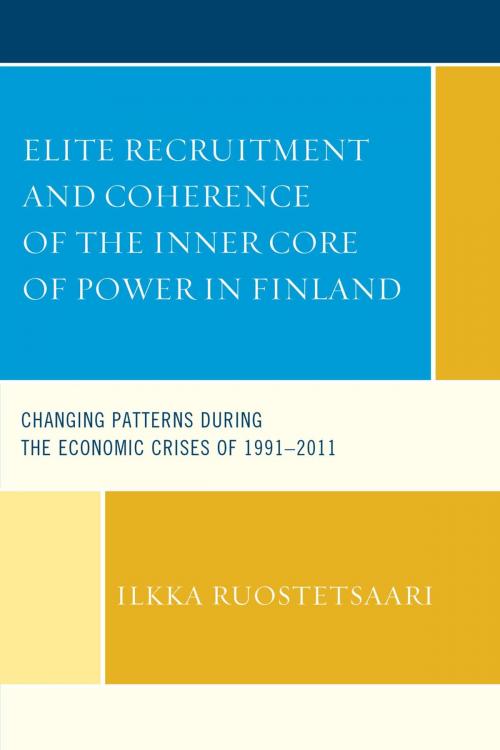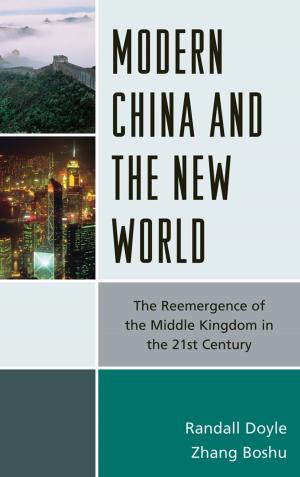Elite Recruitment and Coherence of the Inner Core of Power in Finland
Changing Patterns during the Economic Crises of 1991-2011
Business & Finance, Economics, International Economics, Nonfiction, Social & Cultural Studies, Political Science, International, Foreign Legal Systems, Politics, Economic Conditions| Author: | Ilkka Ruostetsaari | ISBN: | 9781498510301 |
| Publisher: | Lexington Books | Publication: | July 1, 2015 |
| Imprint: | Lexington Books | Language: | English |
| Author: | Ilkka Ruostetsaari |
| ISBN: | 9781498510301 |
| Publisher: | Lexington Books |
| Publication: | July 1, 2015 |
| Imprint: | Lexington Books |
| Language: | English |
The book outlines the approaches of classical elite theory and democratic elitism for the study of national power structures. The book displays different research methods for elite study as well as the power conceptions included within these methods. An elite structure typology is derived from the elite theory and applied to chart the changes in the elite structure of one country, Finland. The data of this work is unique in international comparison: postal surveys were conducted among the elites and the citizenry in 1991, 2001, and 2011.
The study explores empirically the changes occurring in the elite structure from the early 1990s to the present day¾a period that has been characterized by important societal upheavals, such as the great recession of the early 1990s, Finland’s accession to the European Union in 1995, and the international financial crisis and the Eurozone debt crisis in the 2000s. The main focus is on how the elite structure has changed in terms of vertical social mobility (i.e., openness) on the one hand and horizontal mobility (i.e., coherence) on the other. With regard to vertical social mobility, the research interest focuses on changes in elites’ social background and various factors advancing their recruitment and career into elite positions. As for horizontal mobility, the study focuses on the elites’ different channels of contact with other influential groups in society, networking with various societal institutions, the attitudinal unanimity within various elites and between the elites and the citizenry, mobility between different elite groups (i.e. circulation), the accumulation of power positions, and the retention and loss of elite positions. The findings are compared with previous international studies, especially Scandinavian elite studies. Finally, the study considers what the results tell us about the state of democracy.
The book outlines the approaches of classical elite theory and democratic elitism for the study of national power structures. The book displays different research methods for elite study as well as the power conceptions included within these methods. An elite structure typology is derived from the elite theory and applied to chart the changes in the elite structure of one country, Finland. The data of this work is unique in international comparison: postal surveys were conducted among the elites and the citizenry in 1991, 2001, and 2011.
The study explores empirically the changes occurring in the elite structure from the early 1990s to the present day¾a period that has been characterized by important societal upheavals, such as the great recession of the early 1990s, Finland’s accession to the European Union in 1995, and the international financial crisis and the Eurozone debt crisis in the 2000s. The main focus is on how the elite structure has changed in terms of vertical social mobility (i.e., openness) on the one hand and horizontal mobility (i.e., coherence) on the other. With regard to vertical social mobility, the research interest focuses on changes in elites’ social background and various factors advancing their recruitment and career into elite positions. As for horizontal mobility, the study focuses on the elites’ different channels of contact with other influential groups in society, networking with various societal institutions, the attitudinal unanimity within various elites and between the elites and the citizenry, mobility between different elite groups (i.e. circulation), the accumulation of power positions, and the retention and loss of elite positions. The findings are compared with previous international studies, especially Scandinavian elite studies. Finally, the study considers what the results tell us about the state of democracy.















